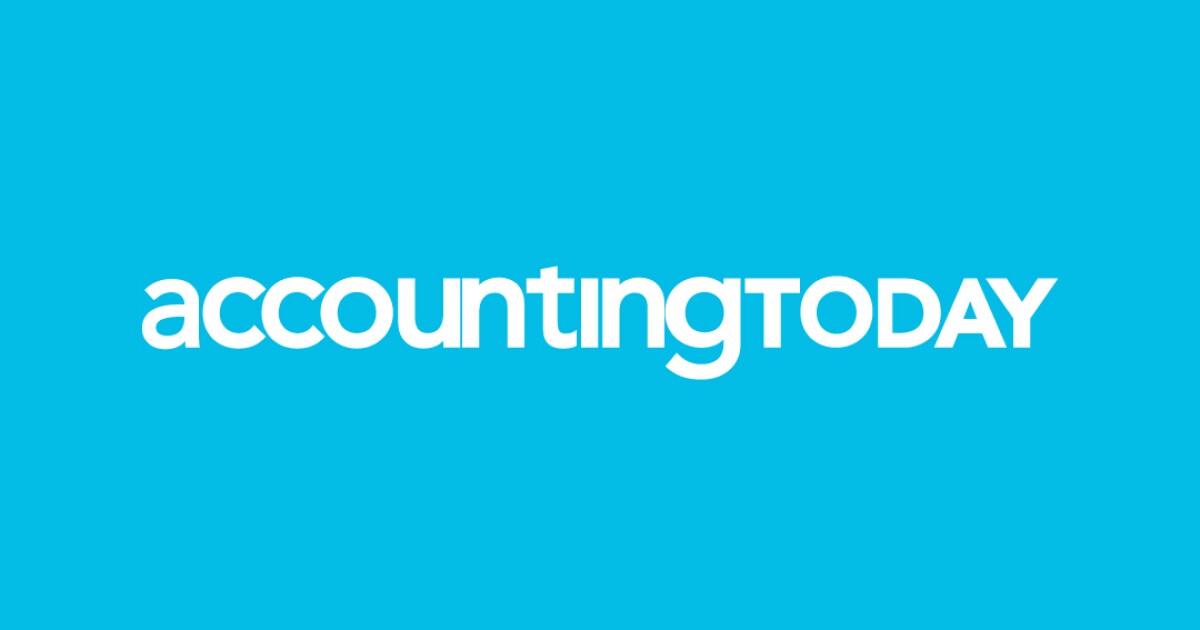Last week, AICPA brought together leading accounting technology vendors in their annual AICPA Executive Roundtable for these innovators to share best practices and collaborate on joint opportunities. Listening to these tech vendors, it became apparent that accounting firms could greatly benefit from adopting some of the strategies and mindsets these technology companies are using to thrive. Some of them include:
1. Professionalizing the go-to-market function
One of the most evident areas where accounting firms can draw inspiration is in the professionalization of go-to-market (GTM) functions. For technology companies, even at their inception, there is a clear concept of the roles and responsibilities across sales, marketing, customer success, and business development. While startup founders may initially wear multiple hats, the distinct scope and importance of these functions are recognized early on, and teams grow while explicitly balancing the resourcing needs of each GTM function.
Today, many accounting firms are in the process of retrofitting and implementing these functions within their organizations. Historically, client acquisition and expansion have been led more ad hoc by partners, without clear distinctions between the support functions that can accelerate client awareness, acquisition, retention, and expansion. As accounting firms transform their organizational structure, there is an opportunity to learn from the playbook of technology vendors of focusing on the entire client lifecycle from client awareness to services expansion. Structuring distinct roles and defining clear scopes of responsibilities for each part of the client journey, whether in sales, marketing, business development, or client success, will help firms ultimately drive growth.
2. A holistic approach to client success
Technology vendors excel at taking a holistic approach to customer success, something that accounting firms could benefit from adopting. In the tech world, customer success is treated as a distinct function, with dedicated metrics such as gross/net revenue retention, churn rate, and net promoter score that helps assess how well we are serving our customers. Customer success managers often act as the quarterback for each account, ensuring that the customer’s needs are seamlessly met across multiple functions, products, and services. This approach ensures that the customer feels supported, understands the full value of what they are receiving, and is more likely to continue and expand their relationship with the vendor.
Accountants can take a page from this playbook for their practices. One of the topics discussed at the AICPA Executive Roundtable was the transformation of accountants beyond trusted advisors to strategic business partners, blending multiple service lines to deliver a comprehensive and seamless client package. For accounting firms, this means moving away from siloed service delivery, where tax, audit, and advisory traditionally operated separately, and towards a client-first, integrated approach where the client’s needs are addressed across all areas of the firm’s expertise.
For example, rather than simply providing tax advisory as a trusted advisor, a firm can create a cohesive solution that includes tax advisory, audit risk assessments, fractional outsourced finance team/CAS support, and IT risk consulting. The outcome is a much deeper relationship where the accounting firm is seen as an integral part of the client’s team, helping to solve their most pressing business challenges holistically.
Accounting firms of the future will succeed by breaking down traditional silos and going beyond the trusted advisor model to form a broader and more strategic business partnership with “Client Success Managers” as a discrete function that owns this holistic approach.
3. Value-based pricing and default ROI-first mindset
The accounting industry has been discussing value-based pricing for quite some time, with many firms transitioning from the traditional time-and-billing model to value-based pricing. Here, technology vendors shine with our value-first mindset, focusing on the return on investment (ROI) that our solutions deliver to our customers. As technology vendors, we do not price our products based on the hours spent by engineers, product managers, or designers in developing a solution. Instead, we start with the outcomes that we deliver for our customers, whether it’s time savings, revenue growth, or enhanced operational efficiency, then figure out a fair pricing that is a win-win for all sides.
Accounting firms can benefit by adopting a similar approach, always starting from assessing the value they provide to clients and using that as the foundation for their pricing structure. This transition requires not just a change in pricing, but also a change in mindset. It requires firms to deeply understand the impact they have on their clients’ businesses and to communicate that impact effectively. When accounting firms position their services based on outcomes rather than hours worked, they are able to differentiate themselves in a competitive market and build stronger, more profitable relationships with their clients.
Overall, the accounting industry is at an exciting inflection point, where technology can not only improve the way firms operate but also serve as inspiration for how to improve other parts of the firm. By learning from the technology vendors that are already driving innovation in the profession, accountants can thrive in running stronger, more resilient, and more client-centric businesses. Professionalizing go-to-market functions, adopting ROI-based pricing, and taking a holistic approach to client success are three key areas where accounting firms can make meaningful changes that will help them ultimately position themselves as true strategic partners.


 Economics1 week ago
Economics1 week ago
 Economics1 week ago
Economics1 week ago
 Economics7 days ago
Economics7 days ago
 Finance1 week ago
Finance1 week ago
 Blog Post1 week ago
Blog Post1 week ago
 Economics1 week ago
Economics1 week ago
 Personal Finance7 days ago
Personal Finance7 days ago
 Economics1 week ago
Economics1 week ago











